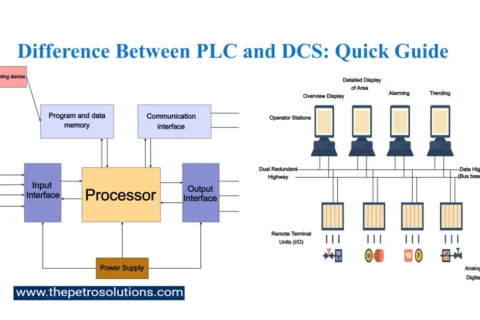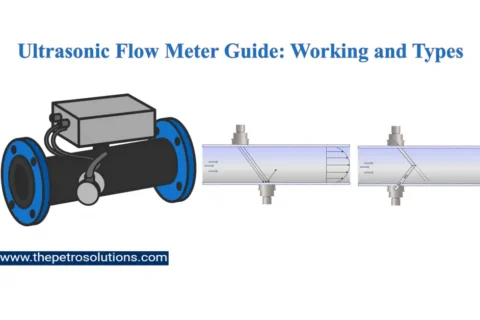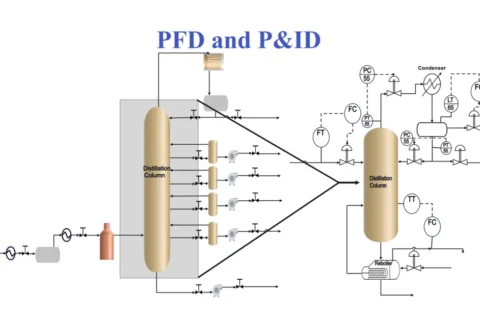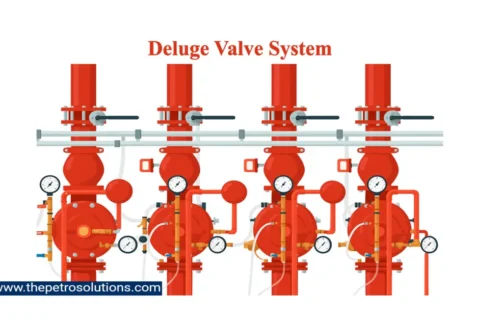A HAZOP study is a simple and well-structured methodology for hazard identification in process plants. It is an investigation technique that is designed to inspire imaginative thinking (or brainstorming) by a team of experts to identify hazards and operational problems while examining a process or system thoroughly and systematically. Following are some common terms being used during hazop study;
1. Process Sections or Study Nodes
Sections of process equipment with definite boundaries e.g. a line between two vessels) within which process parameters are investigated for deviations (e.g., reactor). Nodes may contain multiple vessels and piping for analysis.
2. Operating Step
Discrete actions in a batch process or procedures are analyzed by a HAZOP analysis team. May be manual, automatic, or software-implemented actions. The deviations applied to each step are somewhat different than the ones used for a continuous process.
3. Design Intent
Definition of how the plant is expected to operate in the absence of deviations. Tasks several forms and can be either descriptive or diagrammatic (e.g., process description, flow sheets, line diagrams, P&IDs).
4. Guide words
Simple words that are used to qualify or quantify the design intention and to guide and stimulate the brainstorming process for identifying process hazards.
5. Process Parameter
Physical or chemical property associated with the process. Includes general items such as reaction, mixing, concentration, pH, and specific items such as temperature, pressure, phase, and flow.
5. Deviations
Departures from the design intention that are discovered by systematically applying the guide wards to process parameters (flow, pressure, etc.) resulting in a list for the team to review (no flow, high pressure, etc.) for each process section.
6. Causes
Causes are reasons why deviations might occur. Once a deviation has been shown to have a credible (trustworthy, believable, or capable of being accepted as true) cause, it can be treated as a meaningful deviation. These causes can be hardware failure, human errors, unanticipated process states (e.g., change of composition), external disruptions (e.g., loss of power), etc.
7. Consequences
Results of deviations (e.g., release of toxic materials). Normally, the team assumes active protection systems fail to work. Minor consequences, unrelated to the study objective, are not considered.
8. Safeguards
Engineered systems or administrative controls designed to prevent the causes or mitigate the consequences of deviations (e.g., process alarms, interlocks, procedures)
9. Actions or Recommendations
HAZOP studies develop recommendations for risk reduction to tolerable levels. These action items typically are enhancements to existing safeguards or new safeguards. Typically, the need for them is based on determining the risk of scenarios using risk matrices or layers of protection analysis considering existing safeguards.
Suggestions for design changes, procedural changes, or areas for further study (e.g., adding redundant pressure alarms or reversing the sequence of two operating steps).
For further information, discussion and queries please comment in the box below or contact us at admin@ or follow us on Facebook & LinkedIn.





